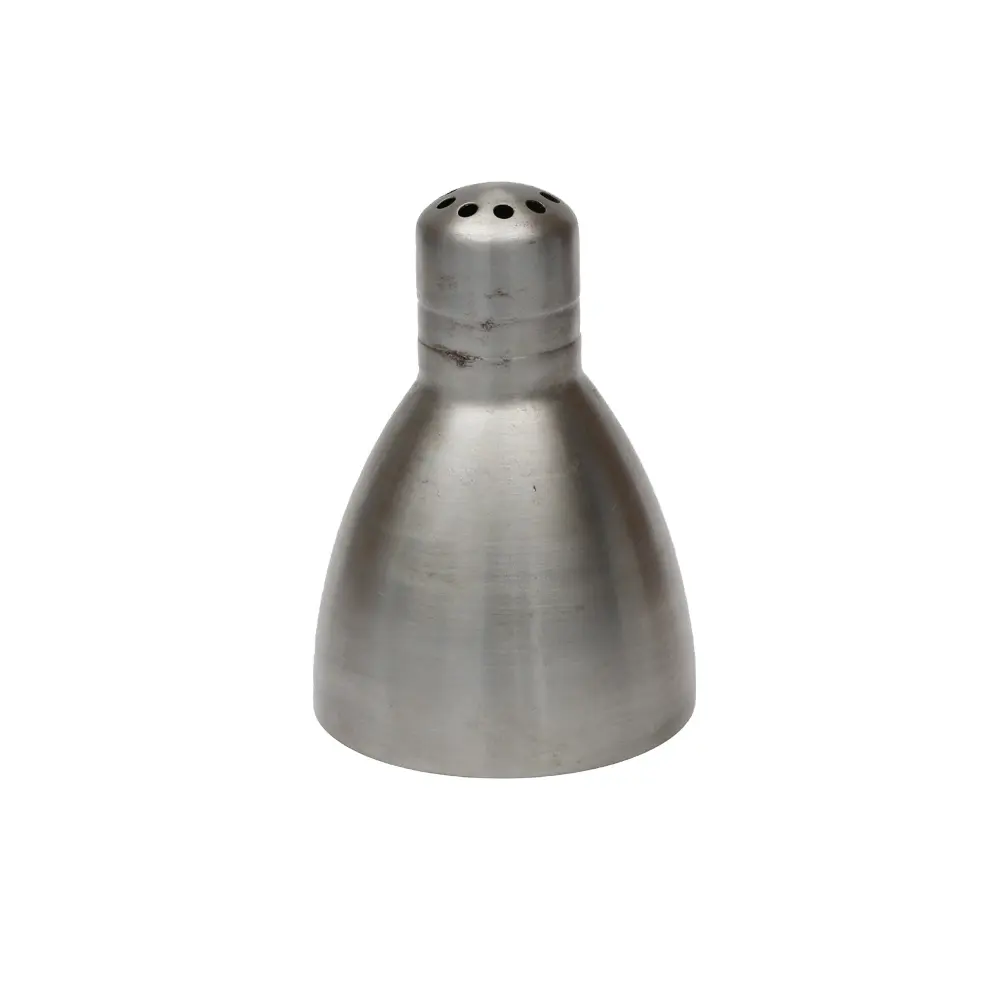The Different Types of Stamping Processing You Should Know About
2025-04-27
Stamping processing sounds simple — pressing metal into shape — but in reality, there are several types, each designed for specific materials, shapes, and purposes. Understanding the basics can help you appreciate the complexity behind common manufactured goods.
1. Progressive Die Stamping
This method feeds a metal strip through a series of stations, with each station performing a different operation (cutting, bending, punching, etc.). It’s ideal for creating complex parts at high speed. A finished part is completed with every press stroke.

2. Deep Drawing
Here, the metal sheet is stretched into a deep shape, like a can or sink. It's used when you need parts with significant depth without seams or joints.
3. Transfer Die Stamping
In this method, parts are individually moved from one die station to another. It's especially useful for large, complex parts that require several steps.
4. Fine Blanking
A high-precision version of stamping that produces extremely smooth edges and tight tolerances, commonly used in gears and safety-critical parts.
5. Four-Slide Stamping
Perfect for intricate parts with multiple bends, four-slide machines use four different tools simultaneously from different angles, giving great design flexibility.
Choosing the Right Type
Selecting the right stamping process depends on part complexity, production volume, material type, and cost targets. Manufacturers often balance these factors to optimize efficiency without sacrificing quality.
Stamping processing isn't just about pressing metal — it's an art of precision, engineering, and innovation that keeps the modern world moving.


